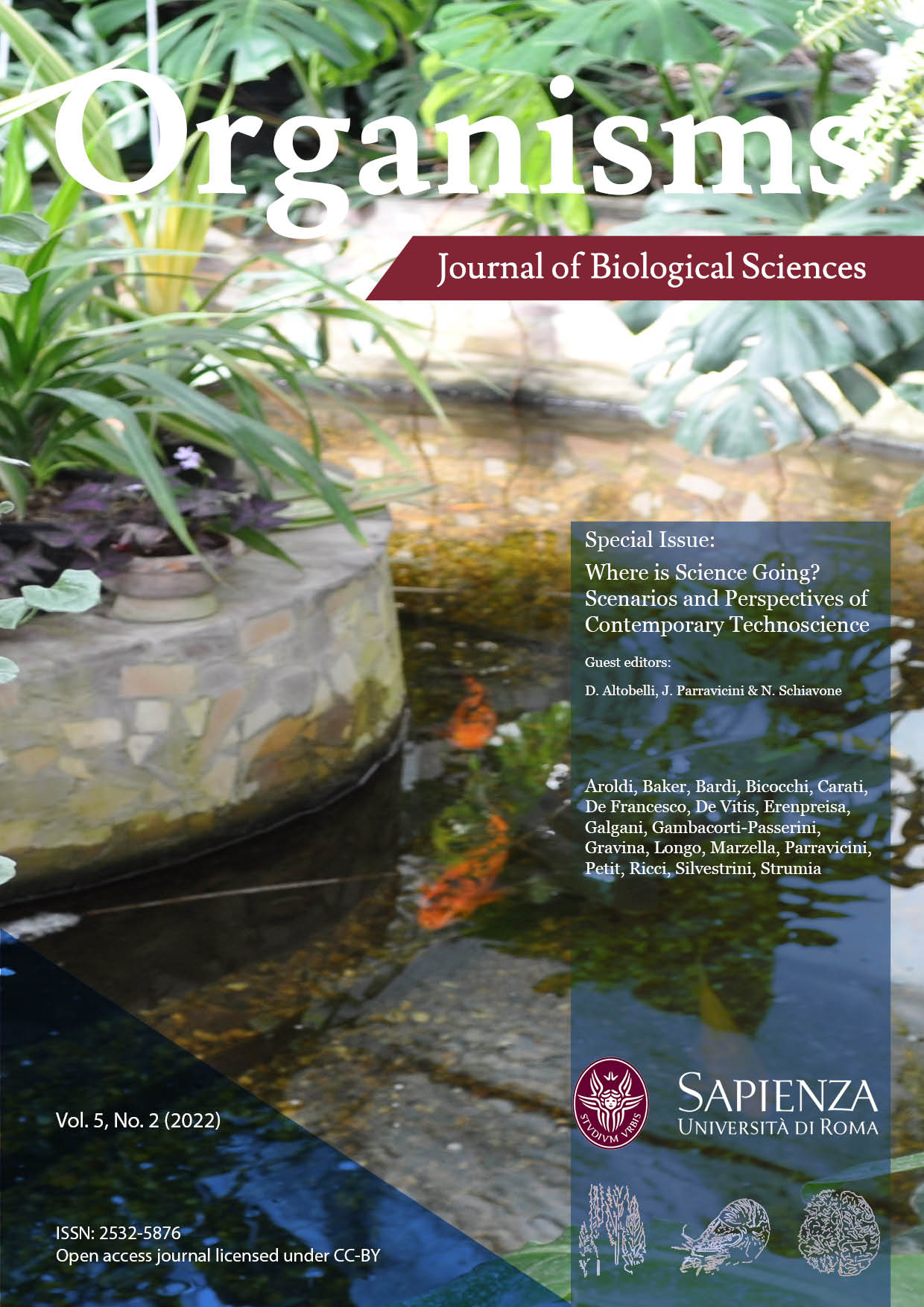Upper Limb Structural Anatomic Mechanisms of Protection (SAMPs)
DOI:
https://doi.org/10.13133/2532-5876/17748Abstract
Introduction Nature has provided living bodies with extraordinarily effective reparative mechanisms. Furthermore, the biological processes involved in anatomical structures are built-up to protect life against external injuries. A series of these protective systems in the upper limb are herein described. Material and Methods From 2009 to 2017, 864 fresh frozen cadaveric upper limbs were dissected from the axilla to the fingers during the Italian Hand Society surgical anatomy dissection course. Results Arrangement of anatomical structures in the upper limb is able to protect major life supporting organs. Conclusions External injuries affecting the upper limb may cause damage to many important structures resulting in severe functional impairments. The layout of the structures and the relationship between them are organized to preserve arteries integrity first, more than muscles and nerves. This means, in our opinion, that these structures are organized to preserve life even if this has functional cost.
Keywords: protection mechanisms, upper limb, anatomy, injury
Note: this is a slightly revised version of: Marzella, L, De Vitis, R, Gravina, P, Ricci G, & De Francesco, F, 2021, “Upper Limb Structural Anatomic Mechanisms of Protection (SAMPs)”, Organisms: Journal of Biological Sciences, published online ahead of print December 30 2021. DOI: 10.13133/2532-5876/17506
Downloads
Published
How to Cite
Issue
Section
License
Copyright (c) 2022 Giulia Ricci, Rocco De Vitis, Luciana Marzella, Pasquale Gravina, Francesco De Francesco

This work is licensed under a Creative Commons Attribution 3.0 Unported License.
Copyright Agreement with Authors
Before publication, after the acceptance of the manuscript, authors have to sign a Publication Agreement with Organisms. The authors retain all rights to the original work without any restrictions.
License for Published Contents

You are free to copy, distribute and transmit the work, and to adapt the work. You must attribute the work in the manner specified by the author or licensor (but not in any way that suggests that they endorse you or your use of the work).





